Nostalgia on Tuesday: Lungs of the city
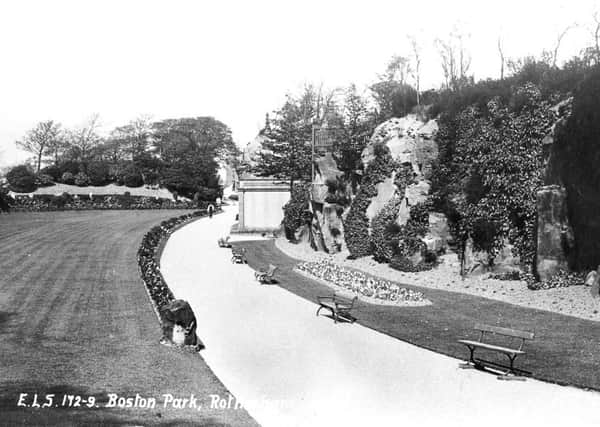

The purpose of Victorian parks was to provide enjoyment away from the smoky, cramped conditions of industrial town and city life. Some parks reflected civic pride and a desire to regulate the leisure time of the working classes, to keep them away from public houses.
Birkenhead Park in the centre of Birkenhead, Merseyside, is generally acknowledged as the first publicly funded civic park in the world. Designed by Joseph Paxton, it opened on April 5, 1847.
Advertisement
Hide AdAdvertisement
Hide AdRotherham opened two parks during the 19th century, Boston Castle and Park and Clifton House and Park at the height of the industrial revolution.
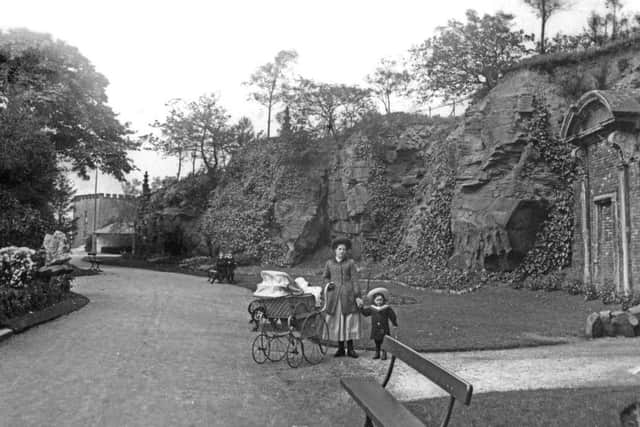

The first Rotherham public park was formally opened on July 4 1876. Known originally as Rotherham Park or the People’s Park, then as Boston Castle and Park, it comprised over 20 acres of land.
The place derived its name, from a castellated hunting lodge – Boston Castle – in the centre, which was built in 1775 by Thomas Howard 3rd Earl of Effingham.
Initially, Boston Castle and Park was rented from the Earl of Effingham for 40 years at an annual rental of £50. Moves to secure the area as a park, had begun by Alderman John Guest in the early 1870s. Much of the site had previously been quarries. In May 1873 the council was urged to secure the ground for public use.
Advertisement
Hide AdAdvertisement
Hide AdSadly, “certain classes of Rotherham people had regarded the whole project as quite unnecessary, the rich surrounding countryside being sufficient enough for everyone to enjoy”. A short time before the formal opening, it was noticed that on Saturdays and Sundays large crowds of working people with their wives and families had enjoyed visiting the park, breathing in the pure air of the natural surroundings.
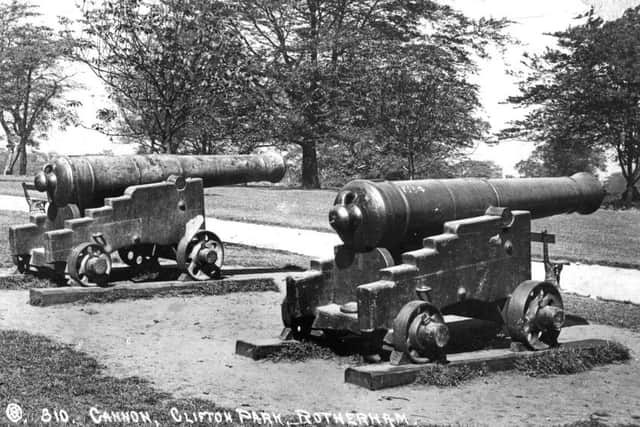

The design was undertaken by the park superintendent, Henry Albiston who lived in the ‘castle’. Amongst his designs were a Lover’s Dale, a number of benches, secluded walks, a bowling green and croquet lawn.
The park accommodated a number of items saved from Rotherham’s demolished buildings. One of these was the doorway from Jesus College and dates from the 16th century. The old castle was renovated, and partly used as a house for a park keeper and partly as refreshment rooms.
Rotherham’s first wholly owned public park was established in Clifton Park formerly linked to the Walker family. An iron and steel business was established in Rotherham by Samuel Walker and his brothers in 1746. In time the Walker Iron Works became one of the largest companies in the North. Walkers manufactured cannon for the British during the American Wars of Independence, the wars against France as well as the cannon on board Nelson’s flagship.
Advertisement
Hide AdAdvertisement
Hide AdSamuel’s son, Joshua Walker, built Clifton House in 1783 and for a time it included a walled garden, pleasure grounds and a fishpond. By 1860, Clifton House and surrounding park passed to William Owen, who purchased it for £14,000. He subsequently added other land to the park. On his death the estate was offered, on July 2, 1883, by auction, but was not sold. For a period, the house was unoccupied.
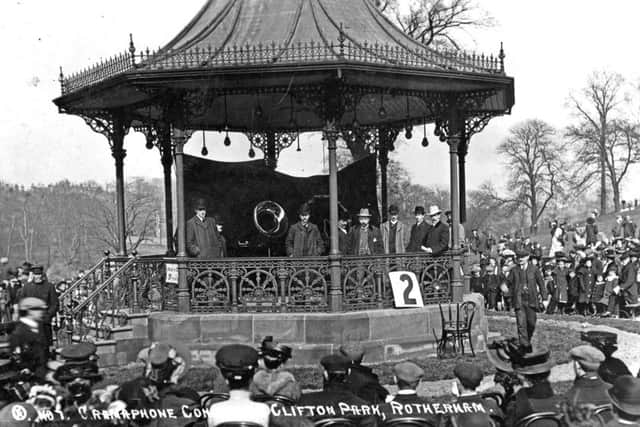

Rotherham Corporation agreed to purchase the Clifton House and estate in February 1891. The Local Government Board gave their consent to the Corporation borrowing £22,500 for the purchase of the estate and £4,880 for laying out the park. It was envisaged the house would later become a Museum and Art Gallery.
Clifton Park was opened on June 25 1891 by the Prince and Princess of Wales who were primarily visiting the Royal Agricultural Show at Doncaster. The event was celebrated throughout the town with many activities staged during the day.
Towards the end of June 1893, reports stated Clifton House was almost ready to open as a public museum. All the rooms in the building had been adapted for exhibition purposes and many choice specimens had been given or contributed on loan. The first room was devoted to a collection of Rockingham china.One of the first rooms at the top of the staircase was filled with exhibits of the Rotherham Naturalists’ Society. In the centre of the room was a case of Templeboro’ curiosities, all of which were brought to light during the excavations carried out some years earlier. A collection of drawings by J.W.M. Turner, on loan from the National Gallery, was also to be on display
Advertisement
Hide AdAdvertisement
Hide AdDuring the early 20th century, both Boston Castle Park and Clifton Park were favourite locations for postcard photographers and some of their views are seen here. When the King and Queen made a tour of the north in 1912 one particular event was captured in Rotherham’s Clifton Park.
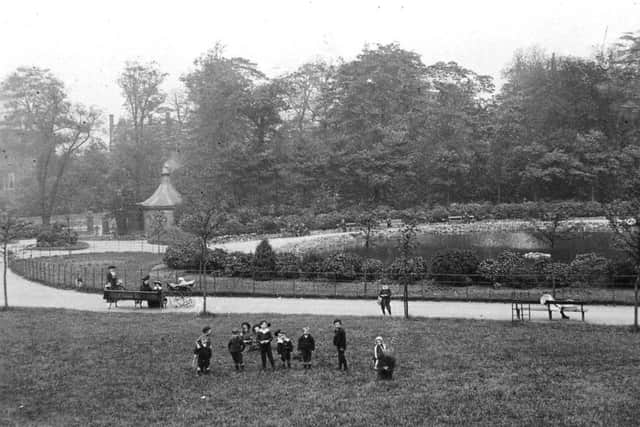

The Royal couple are seen in the park shaking hands with a disabled boy, Ambrose John Rowe. Two years earlier, having lost both legs, he wrote to the King for help. He had since been provided with limbs funded from the Royal purse.
Throughout much of the 20th century a range of features were added to Clifton Park and between 2009 and 2011 it was restored as part of the Heritage Lottery fund’s Parks for People programme at a cost of £7.6m.
Boston Castle was refurbished and new facilities added as a result of a £1.2m project in 2012. This was funded, largely by Rotherham Borough Council, the Heritage Lottery Fund and Friends of Boston Castle.